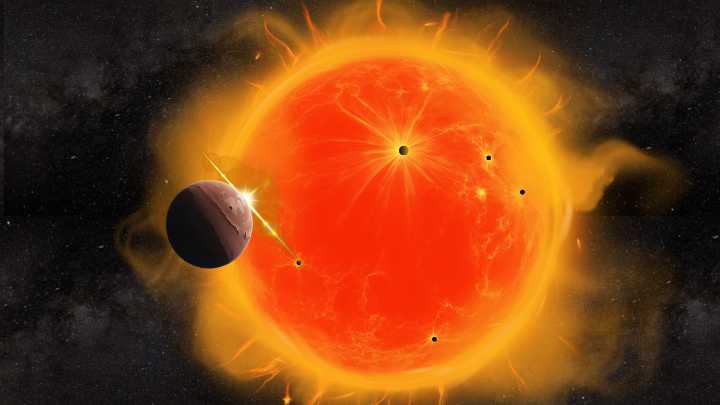NASA scientists have devised a new way to use planets that cross, or "transit," the face of their parent stars to investigate stellar "spottiness." The new technique, called the "StarryStarryProcess," could also be used to discover more about the atmospheres of planets.
The StarryStarryProcess builds upon the transit method that has been employed by NASA's TESS (Transiting Exoplanet Survey Satellite) and now-retired Kepler space telescope missions to detect exoplanets. It could be employed by astronomers to assess data from these missions and from NASA's forthcoming Pandora exoplanet-observing satellite.
"Many of the models researchers use to analyze data from exoplanets, or worlds beyond our solar system, assume that stars are uniformly bright disks," study team leader Sabina Sagynbayev

 Space.com
Space.com

 WKOW 27
WKOW 27 FOX Weather
FOX Weather FOX 51 Gainesville Crime
FOX 51 Gainesville Crime FOX 35 Orlando
FOX 35 Orlando ABC News
ABC News New York Post
New York Post LiveNOW from FOX Crime
LiveNOW from FOX Crime CBS News
CBS News Reuters US Top
Reuters US Top